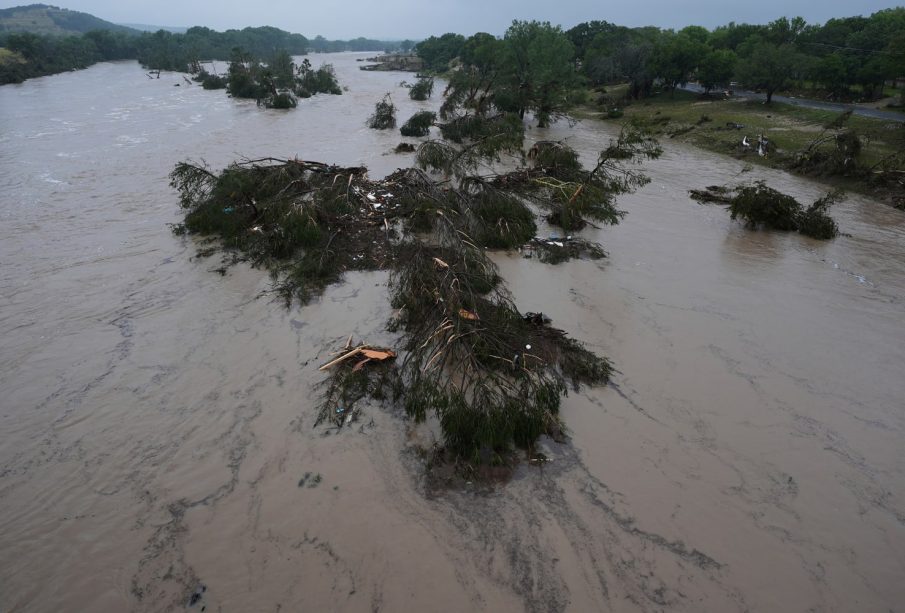Current Situation and Impact of Texas Flooding

Introduction
Texas has recently experienced devastating flooding, highlighting the state’s vulnerability to extreme weather. The severe rainfall and resulting floods pose significant challenges to infrastructure, public safety, and the economy. With climate change increasing the frequency of such events, understanding the implications of this flooding is crucial for residents and policymakers alike.
Details on the Flooding Events
Starting in early October 2023, Texas was hit with a series of storms that brought record-setting rainfall, particularly affecting central and southeastern regions of the state. In some areas, rainfall exceeded 12 inches within a matter of hours, causing rivers to overflow and leading to widespread evacuations. Local authorities in cities like Houston and San Antonio activated emergency response plans, deploying first responders to assist those in affected neighborhoods.
According to the National Weather Service, as of mid-October, at least five counties declared states of emergency, with thousands of homes and businesses suffering severe water damage. Roads became impassable, and numerous flight cancellations occurred at major airports due to waterlogged runways. Schools were also temporarily closed, as safety concerns prompted administrators to prioritize the well-being of students and staff.
Community and Government Response
In response to the flooding, Texas Governor Greg Abbott announced the availability of disaster relief funds. The Texas Division of Emergency Management is coordinating recovery efforts, deploying assistance teams to hard-hit areas. Community organizations and local volunteers have mobilized, providing food, shelter, and essential supplies to those displaced by the floods.
Furthermore, there is a growing dialogue among state leaders regarding the need for improved infrastructure to withstand future flooding events. Experts stress the importance of implementing better stormwater management systems and investing in floodplain restoration initiatives, which could mitigate the impact of severe rainfall moving forward.
Conclusion
The recent flooding in Texas serves as a stark reminder of the state’s battle with unpredictable weather patterns intensified by climate change. As communities assess damages and begin the recovery process, the focus will remain on building resilience against future floods. Residents are encouraged to stay informed and engaged with local relief efforts and government initiatives aimed at flood prevention and disaster readiness. Moving forward, proactive measures and a united community effort will play a vital role in mitigating the effects of such natural disasters.









